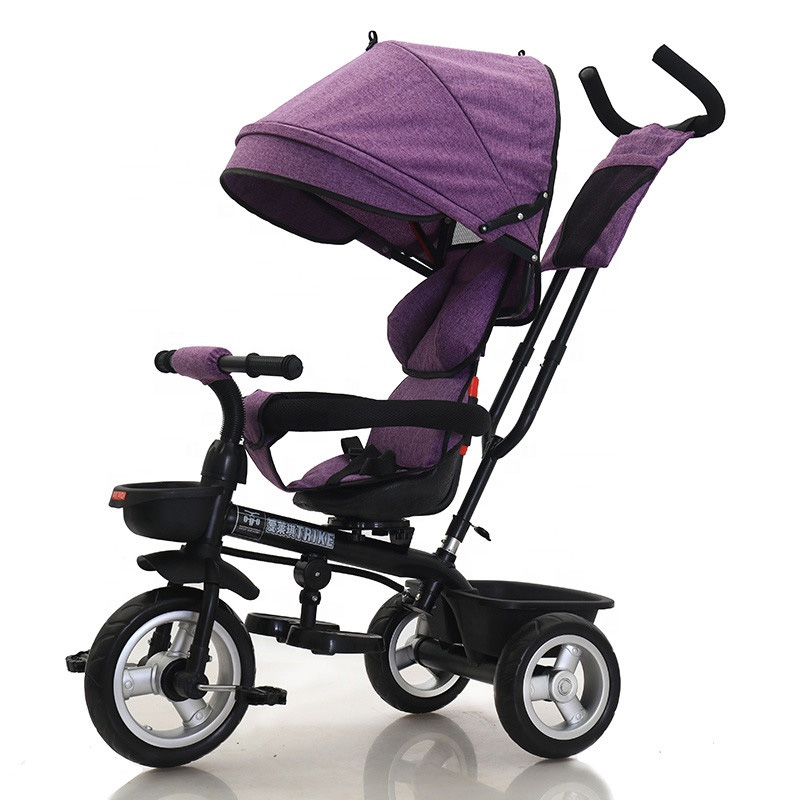Children's tricycles are suitable for children aged 2 to 4 years old, mainly driven by the children themselves or driven by their guardians, and are mainly concerned with mechanical and physical safety.
1. Visual inspection
Check whether the small parts on the car are easy to fall off to avoid the risk of suffocation due to children's accidental ingestion; check whether there are sharp corners, burrs, and sharp edges to avoid scratching the children's skin; check the places that children can easily touch and the activities that are easy to reach Whether there are round holes or gaps (5mm-12mm) similar to the size of children's fingers between the rigid parts to avoid pinching the children's fingers. Therefore, try not to buy tricycles with fancy designs. For example, there will be some plastic cartoon toys on the handlebars. Children can easily be touched or injured by toys when they fall or fall while playing.
2. Screw and sharp edge inspection
National standards stipulate that the exposed screw thread is not easy to be too long, not to exceed the outer diameter of the screw itself, and the exposed protrusions are not easy to exceed 8mm, otherwise the ends must be rounded. In addition, the end of the metal rod of the vehicle should be equipped with a protective cover and fixed firmly.
3. Stability check
The seat of the tricycle should not be too high. If the seat is too high, the child's entire center of gravity will be high when riding, so it is easy to fall. So when buying, let the child sit in the car, tilt the tricycle to a certain angle, or raise the wheel about 10cm to see if the car will tip over. If it falls, it proves that the tricycle has a serious design problem, so avoid buying it.
4. Drive device inspection
The driving part of the children's tricycle should be a dead-fly system, so there is generally no brake device. The dead-flying system means that the child pedals forward, the car will move forward, and when pedaled backward, the car will move backward. That is, when the tricycle is implemented, the pedals will move with the wheels. If the tricycle does not have a dead-flying function, and when a child is riding, there is no brake, which will easily cause the tricycle to coast and cause a collision hazard.
5. Pedal inspection
Whether the pedal distance of the children's tricycle is too small in the lowest state. The lowest part of the pedal should not be less than 40mm above the ground to avoid injuries caused by children's feet hitting the ground during riding.
6. Auxiliary push rod inspection
Tricycles with auxiliary push rods should be carefully inspected when purchasing. If the auxiliary push rods are found to be weakly installed or thinner, they should be purchased carefully.


